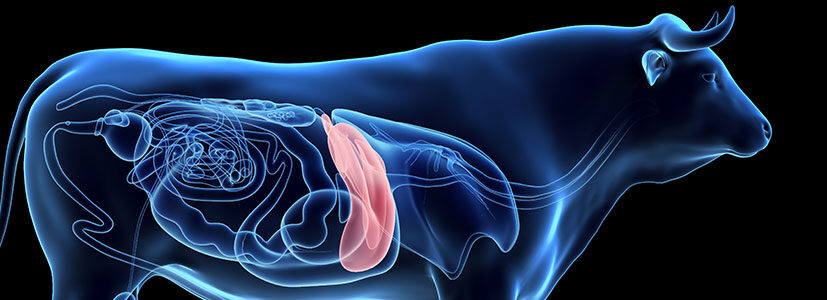
A Robust and High Yield DNA Extraction Protocol from Bovine Liver Utilizing the OMNI Bead Ruptor Elite™ Bead Mill Homogenizer in Combination with Automated Extraction on the chemagic™ 360 Nucleic Acid Extractor
The processing of human and animal tissue samples for molecular analysis has become a cornerstone of research efforts across a multitude of disciplines. In particular, the processing of soft tissues, such as liver samples, is proving critical for everything from drug development RESEARCH to anatomy RESEARCH examining embryology and stem cell development. Nucleic acid extraction is one of the commonly performed processes employed when preparing these samples for downstream analysis, allowing researchers to produce high qualities and quantities of DNA and/or RNA from their samples.
A critical component of nucleic acid extraction has proven to be the sample preparation as the initial step of the workflow, wherein the tissue specimen is dissociated and cells are lysed to expose their genetic material. Though there are multiple methodologies to prepare tissue samples for nucleic acid extraction, one method that has proven to be highly reproducible for sample preparation is mechanical tissue lysis via bead mill homogenization. When utilizing mechanical homogenization of tissues, a consistent and uniform homogenate of liver samples can be produced in preparation for the next steps in processing. Utilizing the OMNI Bead Ruptor EliteTM Bead Mill Homogenizer, we demonstrate the consistent homogenate produced when processing bovine liver samples in preparation for nucleic acid extractions.
Equally important in the nucleic extraction workflow is reproducibility of high qualities and quantities of nucleic acid extractions. Automation has been demonstrated to dramatically improve the reproducibility of these workflows, reducing human error, and ensuring precise protocol replication from sample to sample. One technology currently in the field for the automation of nucleic acid extractions is the chemagic™ 360 Nucleic Acid Extractor. Utilizing patented magnetic bead technology; the chemagic™ 360 instrument allows for a completely automated nucleic acid extraction process. The resultant purified nucleic acids are then ready for a variety of downstream activities such as PCR or next generation sequencing.
However, automated nucleic acid extraction protocols still require sample preparation prior to introduction of the sample into the workflow. The chemagic™ 360 Nucleic Acid Extractor suggests 10 mg of tissue or less to be added to their device which has been processed by either enzymatic or mechanical lysis. As denoted above, enzymatic digestion of tissues introduces additional reagents to the workflow which may have an impact on tissue quality and downstream analysis. The sample preparation step prior to automated extraction is a point in the workflow which can introduce human error or inconsistencies between samples, especially if utilizing chemical or enzymatic digestion reliant on the user to produce digested tissues for insertion into the chemagic™ 360 instrument. In an effort to produce consistent lysed tissue samples we propose the utility or mechanical lysis on the Bead Ruptor Elite™ Bead Mill Homogenizer. With the utility of automated extraction workflows dependent on full tissue lysis prior to nucleic acid extraction, it is critical to ensure a robustly reproducible process which provides consistent full lysis of tissue samples for downstream use.
Herein we demonstrate the utility of the OMNI Bead Ruptor Elite™ Bead Mill Homogenizer in combination with the chemagic™ 360 instrument for a robustly reproducible workflow resulting in high qualities and quantities of DNA from bovine liver samples. This protocol prescribes a complete workflow from sample lysis through automated DNA extraction with a focus on complete sample homogenization and reproducibility in comparison to enzymatic lysis.
